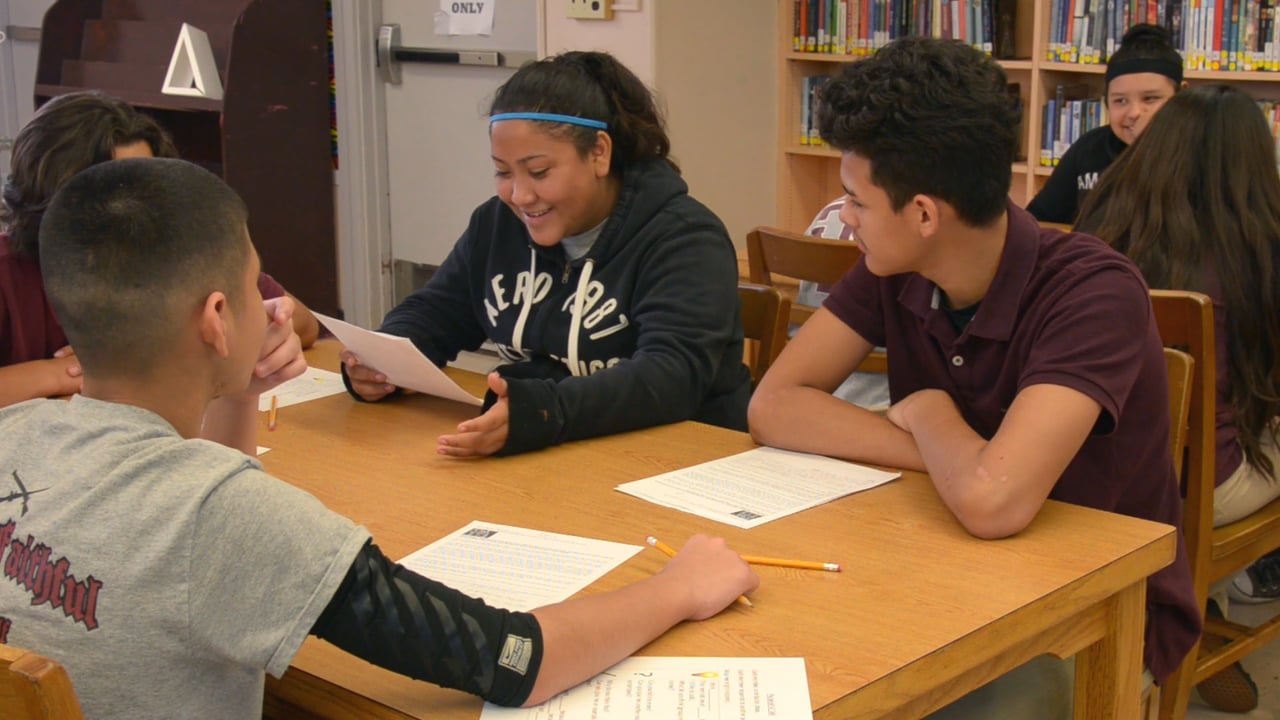There are very few documented cases related to our Latin American context. We typically end up using sources on dilemmas or situations from the United States and Europe.
Finding the ideal case study to present in the classroom is not easy. Such a case will serve to display and put into practice the skills and knowledge acquired by students. However, since there are very few documented cases related to our Latin American context, we typically end up using sources on dilemmas or situations in the United States and Europe.
Applying the Case Method as a learning tool is extremely useful since it allows students to build their knowledge by analyzing and discussing real-life challenging situations.
“The time spent on writing an academic case is a rewarding effort, as teachers generate their own academic tool and also for other teachers who decide to use it.”
Ideally, a database would be available with case studies that are closer to home for the students’ context, addressing local situations in Mexican and Latin American industries and organizations, with which students can identify. To achieve this, we need to look for ways of recording the experiences and dilemmas faced by organizations, NGOs, governments, etc., that will generate a learning experience and facilitate students’ educational process.
Case documentation may seem an arduous task, but, in my experience, it can be a fascinating exercise for teachers or researchers. The time spent on writing an academic case is a transcending, worthwhile effort as teachers learn in the process while generating a tool that they, as well as other teachers who so decide, can use in their courses.
This article shares a guide on how to document academic cases that will engage students.
-
Define the objective of the case. To do so, the teacher needs to answer the following questions: What do I hope to teach with this case? In which educational stage am I planning to use it? This is when the process of identifying the potential prospects and dilemmas of the case begins, thus allowing educators to define the teaching objectives to be achieved. The case prospect can be a company, entrepreneur or institution, depending on the writer and specialization.
Prospect selection is a natural process, because, as educators, we enjoy an extensive network of contacts in the sector, such as students or alumni who work for companies or organizations that have faced complex situations and decisions. Their experiences serve as the means to apply the theories and methodologies we have addressed in class. In my case, I source prospects from my consultancy work in business projects of the university’s students or alumni, and through Tecnológico de Monterrey’s business incubator, where I have the pleasure of collaborating as a workshop instructor and mentor.
Once the dilemma or problem that will interest my students has been identified, I invite the potential case protagonists to collaborate on documenting their experience or situation. I usually encourage them to participate by telling them that they will have access to the students’ opinions and a sort of consultancy, although very often the entrepreneurs themselves are keen to share their story.
-
Prepare the data. This step involves identifying the primary and secondary data sources, the latter of which can consist of articles about the company, published interviews, online databases. etc. For the primary data, since we want to review the company’s information, we must first define the type of data we need (internal, financial, sales, number of clients) and identify the information that will help us to tell an engaging story about the dilemma. Since we have to gather this information ourselves, identifying with whom we are going to speak and what kind of information and data we are going to request is of utmost importance.
-
Identify the people involved in the dilemma. An important point to remember is that we need to interview several people to obtain an overall picture of the dilemma. There are usually different perceptions of what happened in the organization, which makes the case even more interesting for students. One mistake we, as authors, can make is to base the case solely on the description given by the entrepreneur or case protagonist. We must also keep in mind that our goal is to publish the case and, therefore, need to clarify this with the protagonists, making sure that they are aware of this process. There is nothing worse than writing a complete case and then not receiving permission to publish and use it.
-
Write the first draft. This is one of the most challenging steps in the process. It is imperative for the draft to be brief, with short sentences and various subsections. Unfortunately, the Latin American writing style tends to involve long paragraphs with unnecessary adjectives and explanations. In the words of one of my students, Mexicans like to overelaborate, but, when writing cases, we need to leave out all the redundant information to understand the central dilemma.
The case study structure resembles a funnel, moving from the most general to the most specific aspects, i.e., from the context of the industry to the organization’s particular problem. Further details on how to structure a case can be found in the numerous publications written on this topic.
-
Request feedback to approve the case. Send the draft to the case protagonists for their consideration and make any relevant changes. This cycle continues until the case has been approved.
-
“Test” the case in class. Present the case in class and prepare the teaching notes. The teaching notes complement the case and consist of a document in which the author describes how to implement the case in class, so that other teachers, who do not have in-depth knowledge of the context, can use it in their courses in the future.
-
Set the case publication process in motion. The publication process starts with the identification of a journal or case database in which we wish to publish. Please note that each journal has its own requirements and procedures. This process can take anything from a couple of weeks to several months. I will be going into greater detail about the publication process in another article.
I want to invite you to write your own case studies as tools for learning and combatting ignorance, thereby broadening your students’ horizons.
About the author
Ján Rehák (janrehak@tec.mx) holds a Ph.D. in Business Administration, focused on inclusive entrepreneurship. He is an entrepreneurship and business professor at Tecnológico de Monterrey, Querétaro campus, and a research candidate for admission to the CONACYT
National Researcher System.
References
Amanda Zantal-Wiener: How to Write a Case Study: Bookmarkable Guide & Template
E. R. Corey, Writing Case Studies and Teaching Notes, HBS, 1998
HBS Case Development (online)
http://www.hbs.edu/faculty/research/Pages/case-development.aspx
This article from Observatory of the Institute for the Future of Education may be shared under the terms of the license CC BY-NC-SA 4.0 
)
)





)
Sandra Miranda Leal
Sandra Miranda Leal
Sandra Miranda Leal